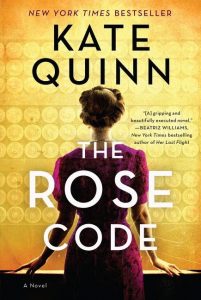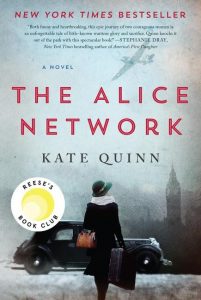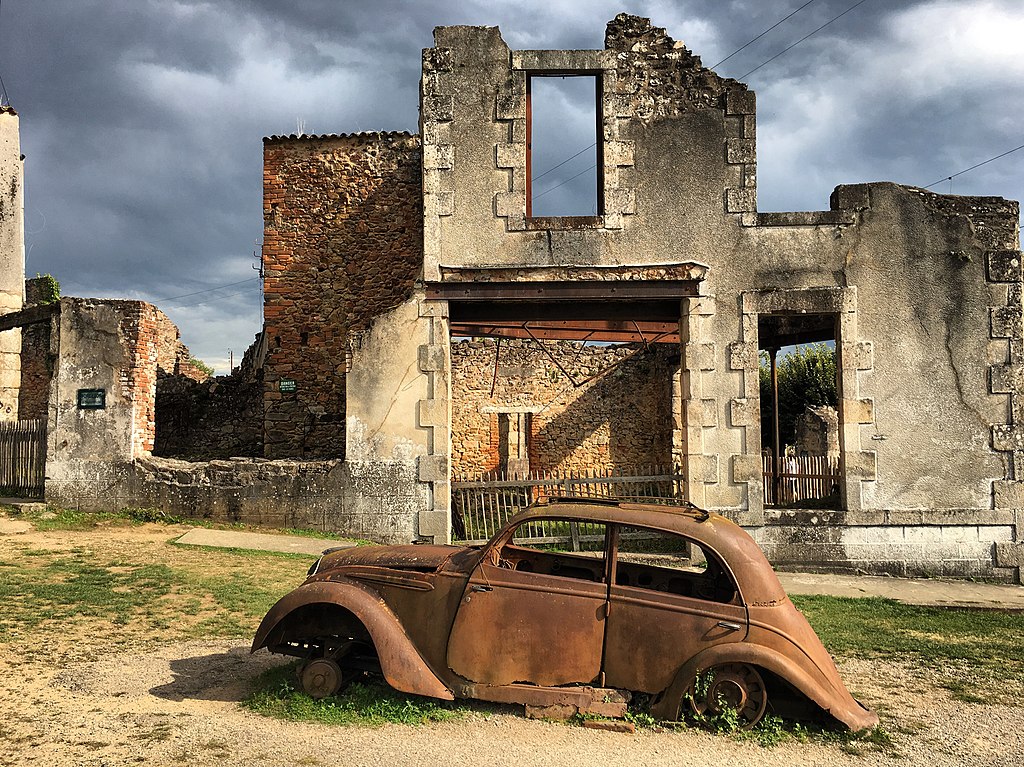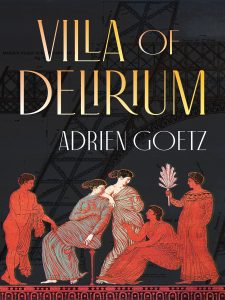
Why we’re addicted to a Venetian detective (Italy, contemporary times): Can you read the 30th book in a mystery series as a standalone?
As a new reader of Donna Leon’s long-running detective series, reading her newest, Transient Desires, the answer is a resounding YES. It’s exceedingly entertaining, atmospheric, and thoughtful all by itself, along with calming prose fitting the good-natured, gentlemanly protagonist, Guido Brunetti, Commissario or Superintendent of Venice’s civilian police force headquartered at the Questura. (You’ll also discover why legions of fans keep returning to Brunetti, year after year.)
To be sure, I went back 15 years to read Through a Glass, Darkly, then another 15 to Brunetti’s debut, Death at La Fenice. Donna Leon, an American from New Jersey, lived in Venice for thirty years. (She now lives in Switzerland.) Considering her novels have been translated into 34 languages, it’s not surprising that an entire industry has sprung up inspired by them. You too will want to join a Venetian tour of all the places Brunetti visits, carrying a copy of Brunetti’s Venice: Walks with the City’s Best-Loved Detective. If you’re a cook, you might also savor Brunetti’s Cookbook, since Brunetti’s wife Paolo, a “radar of love,” is a marvelous cook. (She’s also a professor of English literature at a nearby university, Ca’Foscari.)
Inside the front and back cover of the 30th book is a map of Venice, the islands around it, and points beyond. The only caveat for a new reader unfamiliar with Venice and the series might be a more detailed city map if you want to follow Brunetti more closely along all the narrow streets called “calle,” all the bridges crossing over all the canals, churches and cafés everywhere, to investigate cases. Perhaps a list of commonly used Italian words translated into English would be helpful too, but you can pretty much guess their meanings.
Brunetti serves as a vehicle for expressing Leon’s love for this magnificent ancient city as they both know Venice intimately. (Brunetti is a history buff.) Through Brunetti, Leon also spotlights their disappointment that even a great city isn’t immune to modern-day woes: bureaucracy, corruption, overcrowding, economic/political/social concerns, and ecological/environmental threats (see https://www.theguardian.com/books/2017/apr/15/donna-leon-interview-commissario-brunetti-earthly-remains). Not wanting to offend the Venetian people she also loves, none of her books have been translated into Italian.
Unflattering images of Venice surface in relation to the crimes. Brunetti is politic and subtle so he typically conceals his feelings, though not with Paolo and his two good kids, Raffi, the oldest, and Chiari. They all try to make it a priority to come home for lunch; when Brunetti can’t this otherwise genial man with a strong ethical and moral compass and a heart of gold does get cranky.
Brunetti’s compassion and empathy shines when it comes to the original crime (there are two) in Transient Desires. He doesn’t jump to conclusions, so he goes out of his way to interview as many people he can identify to solve the crime. Smart and savvy, he knows his way around his ornery boss, Vice-Questore Guiseppe Patta, who cares more about his ambitions and reputation that anything else. (Patta’s secretary, Signorina Elletra is his go-to person.)
The author clearly cares and thinks deeply about the messages she wants to convey. Calling herself an Eco-detective, she created Brunetti (and his family) in the same light. Coming from a happy family, she also wanted Brunetti’s family life to be happy. Another reason he stands out pleasurably.
Leon explains that her mysteries standalone because Brunetti (and others) doesn’t age or change much over the years.
Fatherhood, though, must have deepened Brunetti’s empathy for young people as victims, suspects, or persons of interest. The original crime in Transient Desires involves four young people: two young women, the victims, and two young men, the perpetrators. The “profound sadness that youth could be so rash and so vulnerable and so damaged” challenges his generally upbeat demeanor as one of the women is so badly injured (both are in the hospital) his hands tremble. He feels for young people who are “so fragile . . . their self-assurance is a thin layer.” Coupled with a man who “loathed, above all, “bullies,” you can see why he takes a boating accident so seriously even if may be more morally egregious than illegal, thus hard to prove criminally.
Since he cares about the young male friends who’ve gotten in over their heads, one more than the other, it leads to his identifying the second crime, far more sinister. The starting point for both crimes is in an area of Venice set away from the major tourist center. Brunetti refers to it as the “horror of the Marguera,” the location of Venice’s industrial complex. For the reader and tourist, it may come as a shock that industries are still dumping toxic waste into the waters, invisible in the stunning blue lagoon embracing the city. A murder in Book #15 is based on that toxicity, whereas in Book #30 the second crime flows out of the Marguera to twelves miles off the coast of Venice, into international waters Brunetti isn’t in charge of, so even harder to prove. Brunetti shows us how experienced, strategic, and careful to wheedle himself among multiple entities to help solve what’s been happening in the dark of night.
There are many other reasons to love and respect Brunetti.
Brunetti also cares about the “voice of the people.” To “their concerns, their preferences, their crimes.” To the daily life of a gossipy city, which is why he doesn’t just read the main local paper, Il Gazettino, but also La Repubblica he calls “Vox pop.” (He and Paolo read widely, another treat.) This makes sense since Brunetti comes from working-class roots contrasted to Paolo’s parents who are aristocrats, a Count and a Countess. His relationship with his in-laws is the only hint of discomfort involving his beloved Paolo.
Brunetti is an astute observer of people’s behaviors. He picks up on and loathes prejudices that are “sucking down all hope of friendship, all hope of love, all hope of common humanity.” In a memorable scene involving his own prejudice towards southern Italians, he’s painfully honest with himself, asking: “Do people from the South appear more cultured and intelligent when they adapted to Northern standards?” Mortified that the person who’s also astute picked up on his prejudice is his trusted colleague, Commissario Claudio Griffoni, from Naples. In book #1, we learn he spent five years in the Naples police before coming to Venice, but apparently up until now he’s concealed his true feelings.
Consistent with Brunetti’s investigative style and persona is delightful prose that’s easy-flowing and rhythmic, out-of-sync with fast-moving, edge-of-your-seat thrillers. The thrill is gentler and moves more slowly, a wonderful testament that not every bestseller must use words that shock and come at a furious pace.
German television has produced twenty Brunetti episodes with subtitles. Why hasn’t American TV produced an English-language version? Surely, it could be as addictive as Brunetti’s books.
Lorraine












